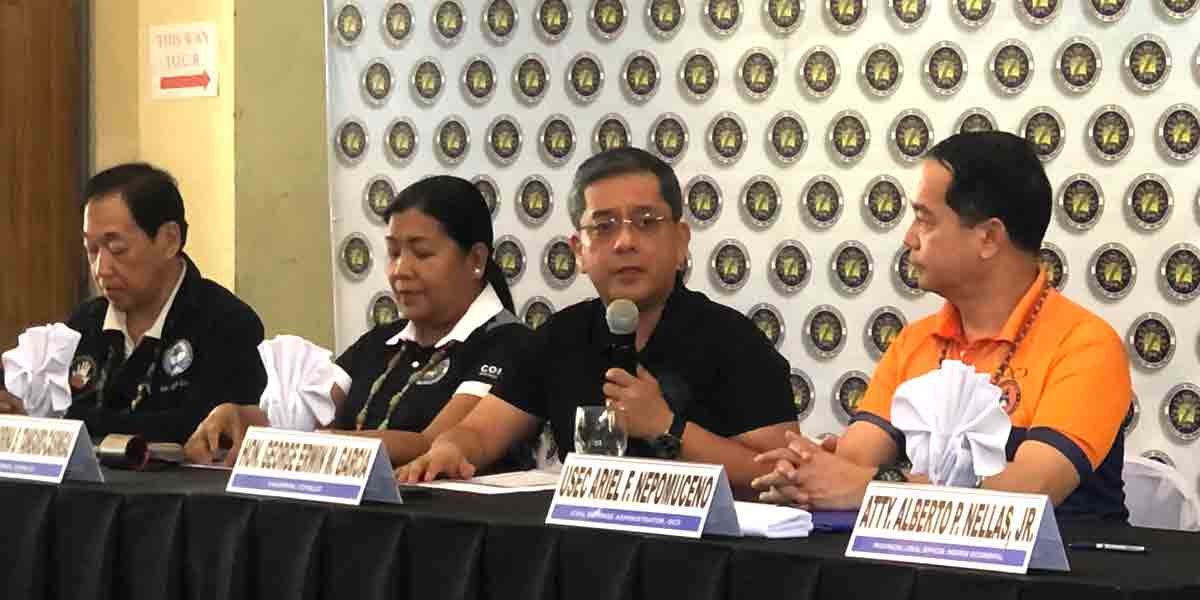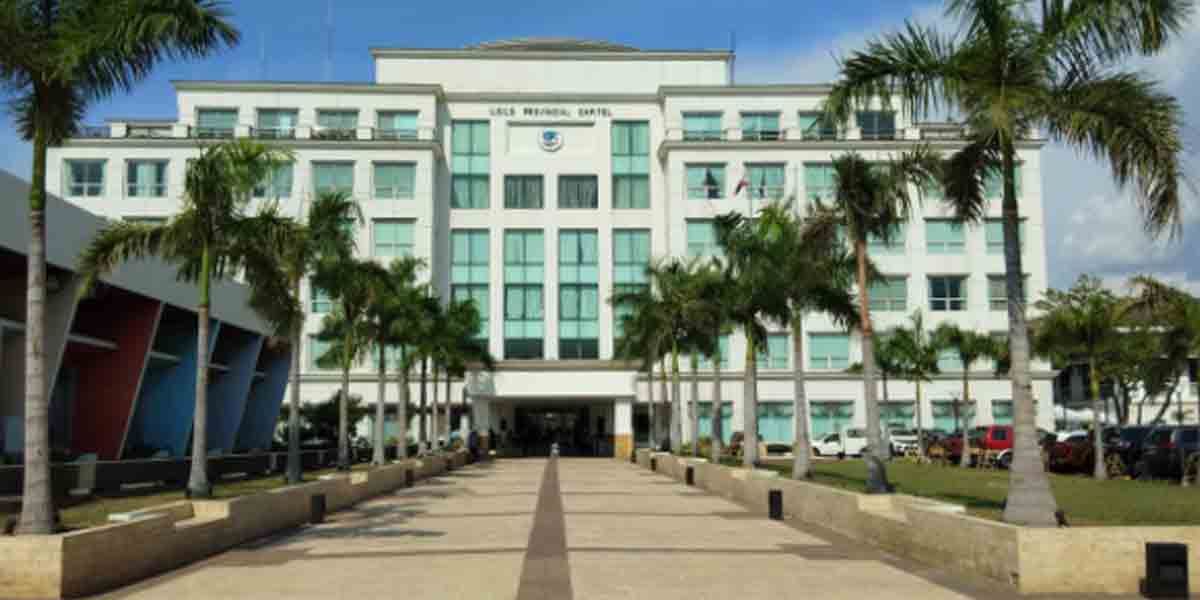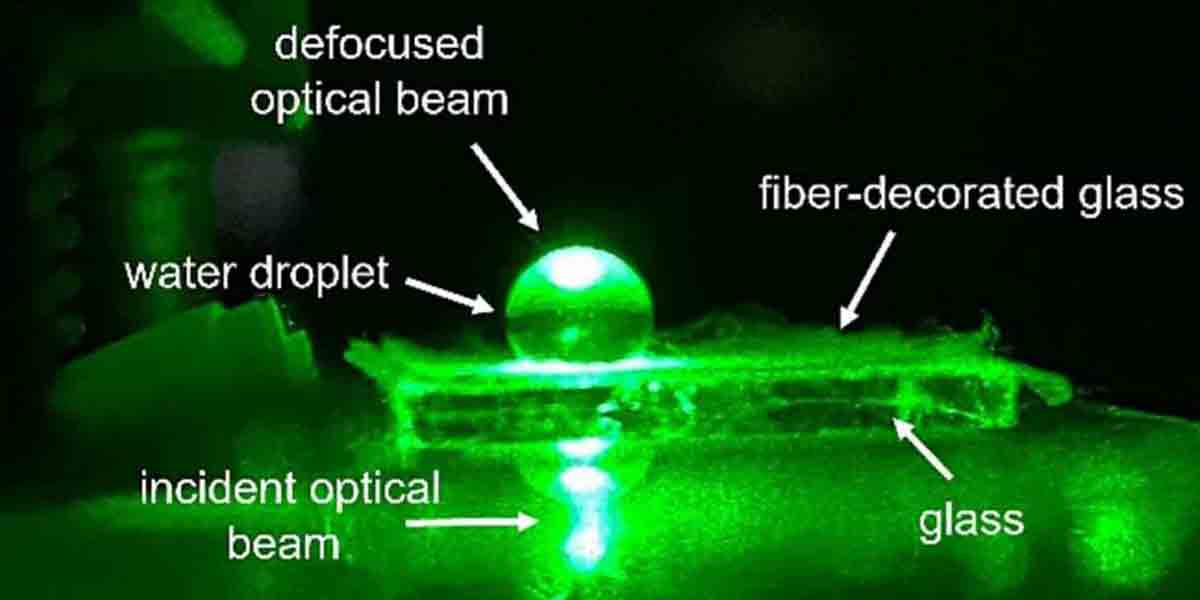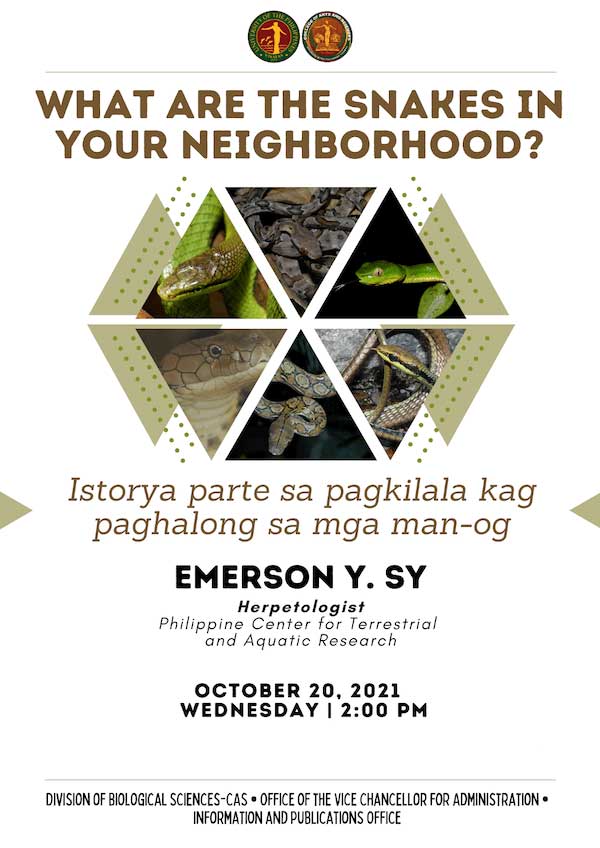
Feared by most people, revered in some cultures, snakes are seen as fascinating and fearsome creatures. In the sprawling, forested campus of UP Visayas in Miagao, snake sightings are a common experience, along with sightings of monitor lizards, geckos, and all sorts of wildlife.
In September 2021, residents of the UPV staff housing in the Miagao campus reported numerous sightings of snakes in their houses, one of which was a king cobra. This prompted a sharing of experiences on snakes in the campus during the last couple of decades.
One resident, Dr. Maria Celia Malay, faculty member of the Division of Biological Sciences, College of Arts and Sciences, initiated the idea of inviting a snake expert for a Zoom lecture. The purpose was to provide information not only to the staff house residents but also to frontline personnel of the Campus Development Maintenance Office, the Health Services Unit, the Security Service Force and other interested employees.

The Division of Biological Sciences in partnership with the Information and Publications Office organized a Zoom lecture entitled, “What Are the Snakes in Your Neighborhood?” (Istorya parte sa pagkilala kag paghalong sa mga man-og). It was held on October 20, 2021.
Emerson Y. Sy, herpetologist at the Philippine Center for Terrestrial and Aquatic Research was the featured speaker.
His lecture included, among others, an overview of the physical characteristics of snakes, their diversity, venomous and non-venomous snakes found in the Philippines particularly Panay Island, and what to do in case of snake bites.

Participants learned that there are 147 snake taxa in the Philippines, 130 of which are terrestrial or inland while 17 are found in marine and fresh waters. Thirty-two (32) of the 147 snake species are venomous.
Sy also revealed that the first accounting of snakes in the Philippines was done by American herpetologist Edward H. Taylor published in 1922.
With a corresponding photograph, Sy presented that the following snakes are commonly found in Panay Island: Brahminy Blind Snake, Gervais’ Worm Snake, Common Wolf Snake, Philippine Gray-tailed Ratsnake, Reticulated Python, Maren’s Bronzeback Snake, Red-tailed Green Ratsnake, Mountain Smooth-scaled Ratsnake, Paradise Tree Snake, Philippine Whip Snake, Philippine Vine Snake, Dog-toothed Cat Snake, Yellow-lipped Sea Krait, Philippine Yellow-spotted Pitviper, Keeled Pitviper, Coral Snake, and the King Cobra. He also shared that the existence of king cobras on Panay was only discovered within the last two decades.
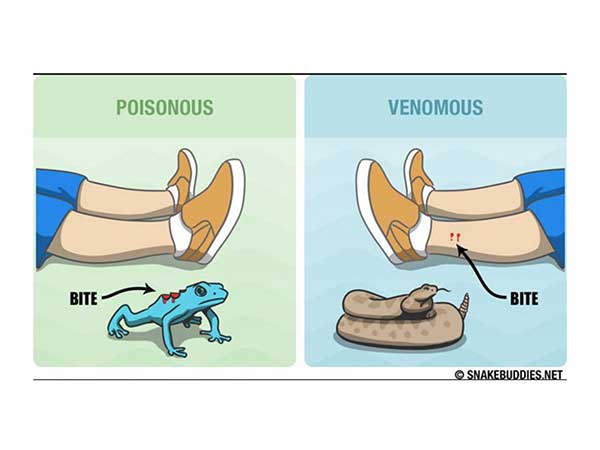
As on how to do a first aid for a snake bite, Sy said to do the following: 1) Reassure the snake-bite victim, 2) Immobilize the bitten area, 3) Avoid any interference with the bite wound (incisions, rubbing, vigorous cleaning, massage, application of herbs/cream), 4) Go to the nearest hospital with emergency facility as soon as possible, and 5) Do not go to folk healers or “albularyo.”
Sy emphasized that it is important for us to be able to identify venomous and non-venomous snakes.
This knowledge is particularly important for medical personnel. He cited an example in Mandaue, Cebu of a person bitten by a snake. The victim was brought to the hospital and was given a tetanus shot.
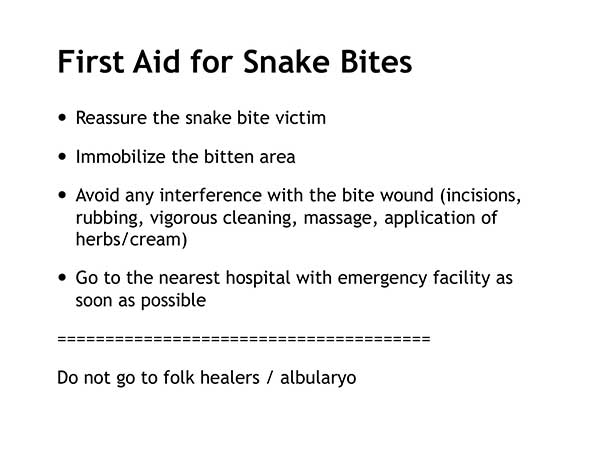
He said this is an appropriate response as humans bitten by animals should get a tetanus shot. He added that the same victim was given an anti-venom shot the next day without determining if the snake was venomous. He pointed out the dangers of this because anti-venom can have side effects such as rash, itching, wheezing, rapid heart rate, fever, and body aches. Giving anti-venom shot also depends on how much poison was injected and the type and size of the snake.
The lecture was indeed very informative and shed light on these creatures who, although feared by most people, stay mostly out of the way from the general public.
To learn more about Philippine snakes and other reptiles, Sy shared this site: https://www.facebook.com/HerpetologyPH. (Ms. Mary Lyncen M. Fernandez, IPO)


